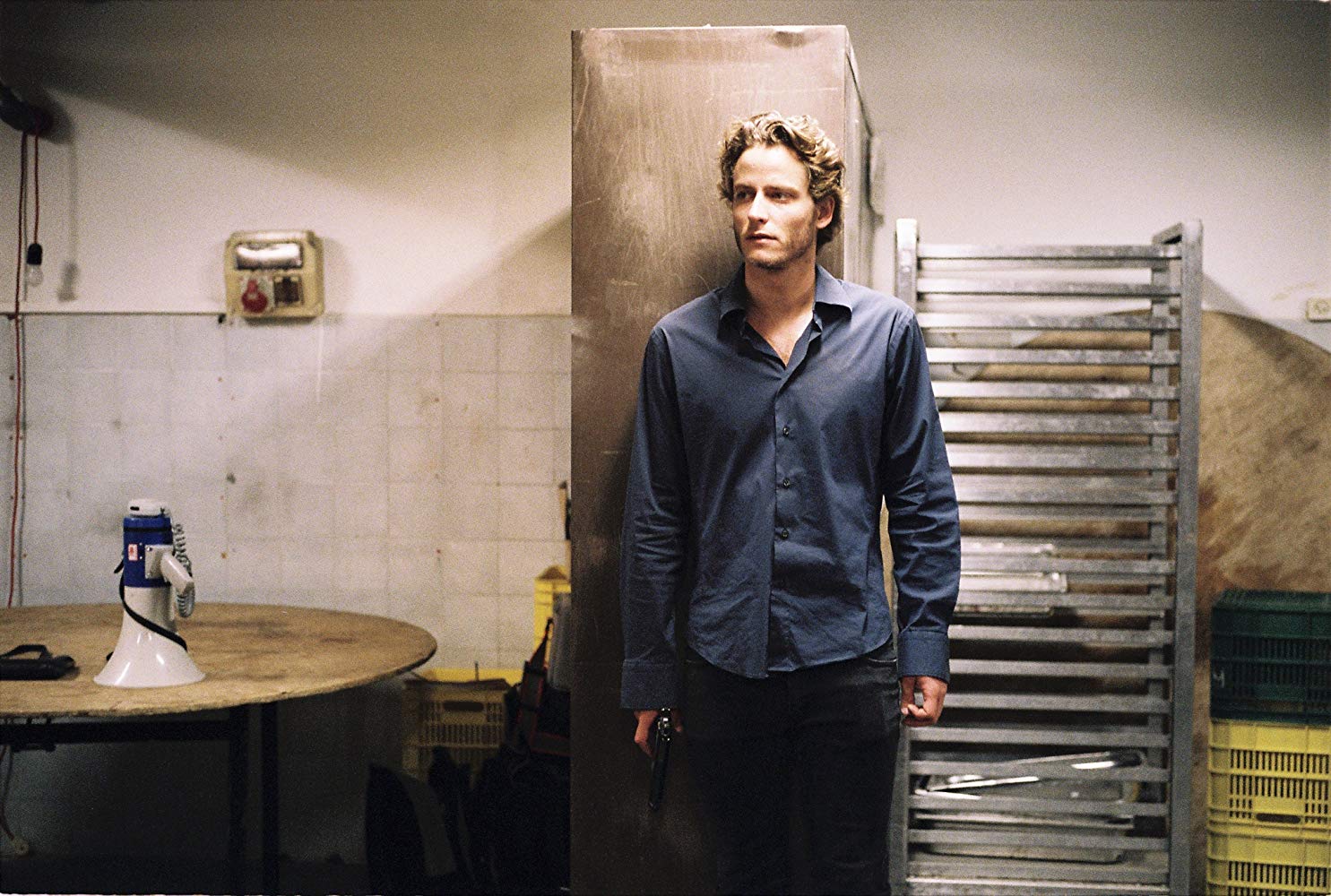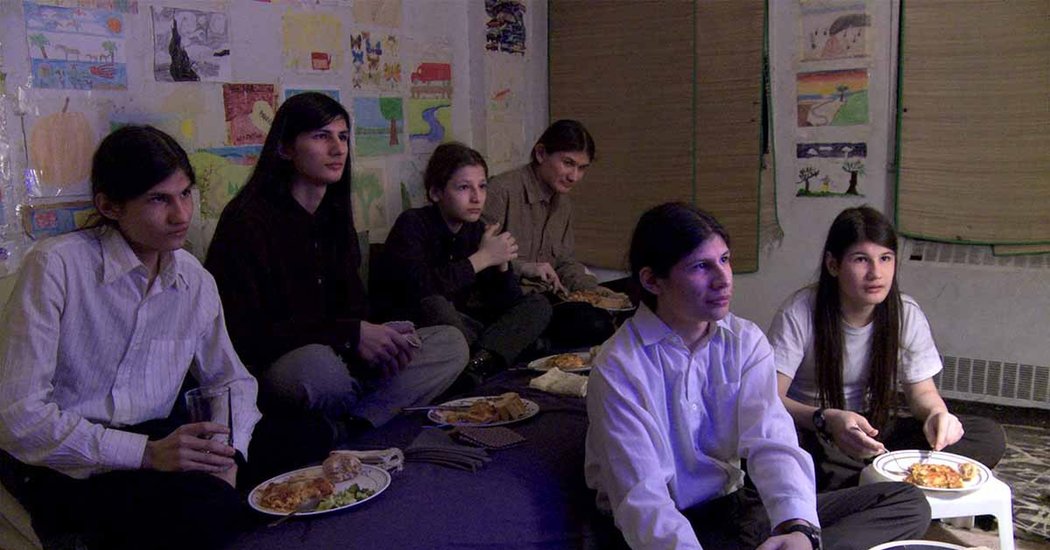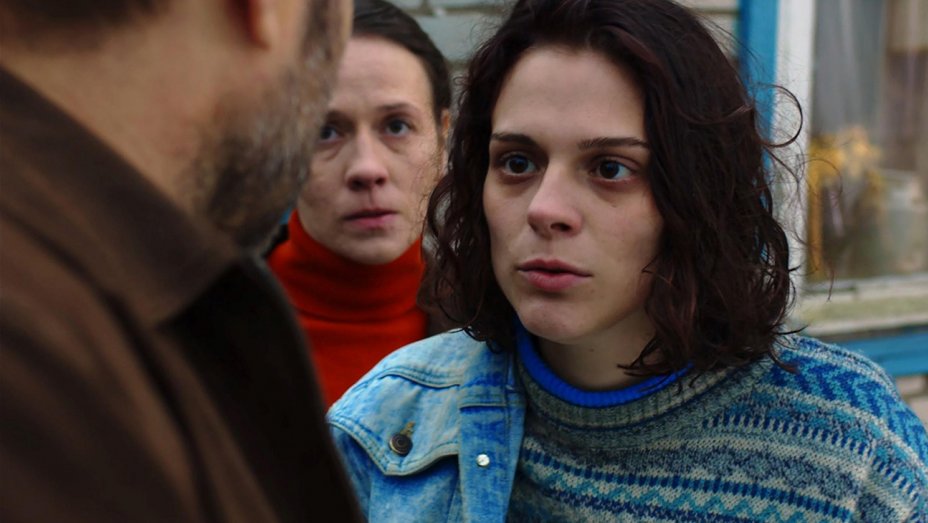6. Policeman – dir. Nadav Lapid, 2011

Nadav Lapid’s thriller is based on a formula that is not often used in modern cinema, despite the clarity it confers to the narrative construction. The film is roughly divided into three parts that are quite different when it comes to mood and amplitude: the first is centered on Yaron, member of the Israeli anti-terrorist brigade; the second follows a group of young radicals that are gathering their strength for what they see as an explosive revolutionary action; the finale joins the two storylines and, instead of opening up to a broader political reflection, focuses once again on Yaron and what seems to be his crumbling system of beliefs.
Nadav Lapid refuses to use cross cutting until the very end: consequently, the two protagonists seem to lead their lives in parallel universes, breathing another air, speaking another language and experiencing another reality.
At a closer look however, Yaron’s squad and the terrorist cell have a number of things in common: a rigid structure, with clearly-assigned responsibilities, a culture of sacrifice, the erotization of guns. If the young radicals use these similarities in a desperate attempt to induce the policemen to rally their cause, Yaron’s peers are all the more enraged by the realization that not all enemies are at the gates. Some are inside the gates.
7. Martha Marcy May Marlene – dir. Sean Durkin, 2011

Some people would venture to suggest that the only difference between a cult and any form of organized religion is the fact that cults do not have a governing body that is included in the larger apparatus of society. Otherwise, the unquestioning devotion is a common feature of the two; so are discipline and hierarchical system – the last one being often hid under a false appearance of equality.
The cult depicted in Sean Durkin’s first feature-length feature, “Martha Marcy May Marlene”, certainly respects all these criteria: initially, it seems a harbor of peace where self-acceptance and the refusal of overbearing social norms are the two pillars of the small community; but slowly, the cult leader starts vampirizing the new recruits, forcing them to subdue physically as well as psychologically. The final step is to push them to commit illegal actions that will definitely sever their remaining link with society.
The whole process is extremely gradual and it is its murkiness that Durkin’s film attempts to portray through its chaotic chronology. From a formal point of view, it is undeniably a success: “Martha Marcy May Marlene” effortlessly navigates between downcast landscapes and lowly-lit interiors to the warm tones of the protagonist’s sister’s house and its surroundings.
8. The Wolfpack – dir. Crystal Moselle, 2015

At the base of every community there is fear. Despite all talks about erecting walls to protect cultural identity and to reinforce a sense of belonging, there is one fundamental reason why people started doing that: to keep out the invaders.
At least two major literary works address what happens when paranoia, which is sapping every ounce of common sense and is spreading like a disease from person to person, becomes more destructive than the enemy at the gates: Coetzee’s “Waiting for the Barbarians” and Buzzati’s “The Tartar Steppe”.
Composed in a minor key, Crystal Moselle’s documentary “The Wolfpack” is nevertheless an intriguing companion piece to these two novels of immense value. The film tells the story of seven children trapped inside their home by their parents, one of whom, the father, is a disillusioned Bolivian immigrant who fears his land of refuge that he sees as a criminals’ playground, and the other, the mother, is submissive, yet regretful. The film is a fascinating look into modern fears, yet its main subject is education.
Thus, “The Wolfpack” is a piece of meta-cinema that surpasses the simple meditation on the impact of art on people’s lives; it lays bare the fact that becoming civilized (and the six boys are certainly so) is a process that involves watching and absorbing how others live, regardless of the distance that separates the observer and the observed.
9. The Commune – dir. Thomas Vinterberg, 2016

Thomas Vinterberg is frequently referred to as a film-maker who failed to deliver on the promises of his early works. The Danish director’s second feature-length film, “The Celebration”, announced the arrival of an explosive new talent. Later, when Vinterberg started showing signs of artistic insecurity, many who had praised him changed the rhetoric and pointed out that “The Celebration” was a group effort – after all, the Dogma 95 manifesto itself prohibited the crediting of the director’s name.
Whether one agrees or not with the opening statement, Vinterberg is certainly worth admiring at least for his curiosity that has led him from the rule-breaking days of the Dogma to the absolute mastery of classical cinematic canons that shows in films like “The Hunt” or “The Commune”.
“The Commune” is often analyzed in the light of Vinterberg’s upbringing: the director grew in a commune from the age of seven to young adulthood. And indeed, the film is much concerned about the limits of shared life, be it marital or otherwise. The individual sometimes aches to regain total control of his or her decisions, living space and even grief.
Ana, played with exemplary assurance by Trine Dylhorm, cannot handle the sympathy the collective showers her with; other members of the commune, however, need it like oxygen. Vinterberg tenderly acknowledges these differences; he doesn’t try to make any kind of social commentary about the viability of communes in this day and age; he just nostalgically observes that the “smart and academic and half-drunk” people that inhabited his childhood are no longer at his side.
10. Closeness – dir. Kantemir Balagov, 2017

At the very beginning of “Closeness”, first-time director Kantemir Balagov’ auctorial voice interrupts the heterodiegetic narration and tells the audience that he was born in the Kabardino-Balkar Republic, in North Caucasus, and that the story that will soon start to unfold is inspired by a real event he has heard of as a child.
The incongruity of this technique elevates the statement to the level of artistic manifesto: “Closeness” will mingle personal reminiscences of barren days and low horizons (both literally and figuratively) with imagination – not the wide-eyed imagination of a child, but the hard-boiled, reality-anchored imagination of an adult.
The film is set among a traditionalist Jewish community, whose pledge of solidarity blows to pieces when two young members are kidnapped by the local Mafia. The mythical Jewish wealth might be motivating the captors, or the knowledge that such a secluded community would never even contemplate asking the police for help. The indifference of some of the members, the inhumanity or the malice of others erode the foundations of the community; but instead of collapsing, the community shrinks. And in the wake of this tragic depletion remains the essential human organizational form: family.
But even family is no safe harbor: in dire circumstances like those presented in “Closeness”, the individual is nothing more than a bargaining chip.